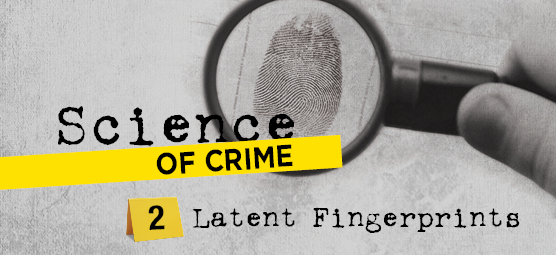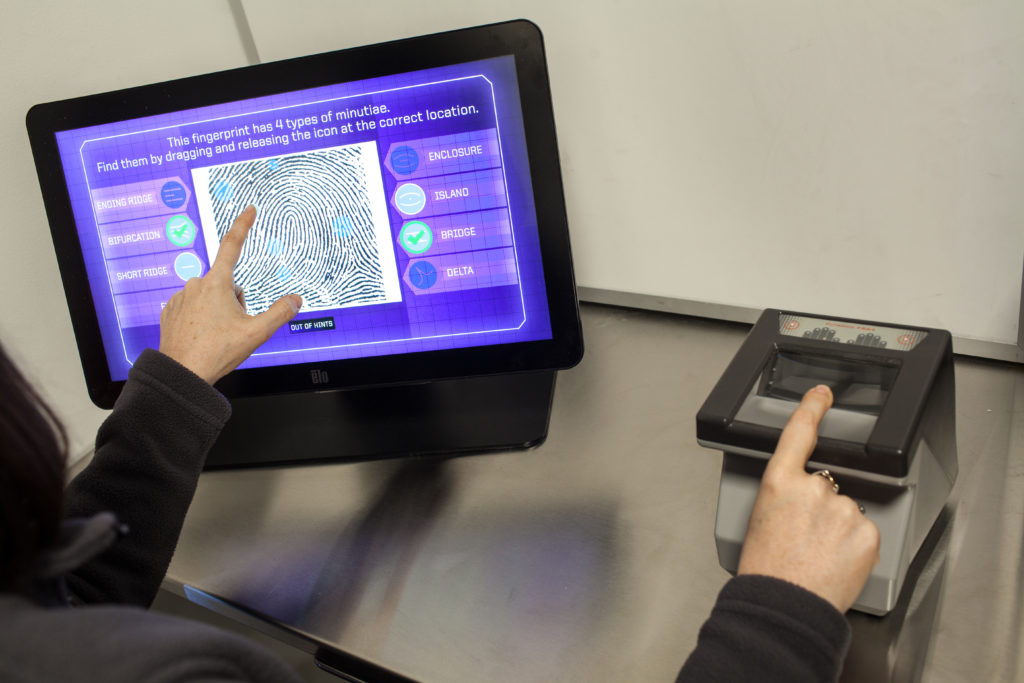July 14: Science of Crime – Latent Fingerprints

Purchase Crime Lab Experience Today!
Matching latent prints to a crime.

Program Overview:
Forensic science is a complex discipline that encompasses more than a dozen distinct fields. Except for a few recent additions to the investigative tool kit such as DNA analysis and computer forensics, most fields trace their origins to the 19th century or before.
This program in the Science of Crime series explores “what is a latent print and how do forensic scientists match up prints?” Join the search to learn how to identify and determine a latent print’s twin.
Within most crime labs, scientists have highly specialized expertise. Unlike what is portrayed on television, it is rarely one individual who investigates the crime scene, processes the fingerprints, analyzes the DNA and examines the trace evidence. Instead, highly specialized experts focus on one field. This leads to more efficient and effective lab results.
Each month, The Mob Museum and the Las Vegas Metropolitan Police Department Forensic Laboratory will present an in-depth look at the disciplines and sciences that encompass forensic analysis.
Forensic Scientist Heather Gouldthorpe
Forensic Scientist Heather Gouldthorpe has a Bachelor Degree in Sociology and a Master Degree in Forensic Science. She has been working in the Latent Print Detail of the Las Vegas Metropolitan Police Department Forensic Laboratory since 2007.
Forensic Scientist Kathryn Aoyama
Kathryn Aoyama has a Bachelor Degree in Biology from the University of California, San Diego. Kathryn previously worked in Immunological and Bio-Medical research laboratories prior to becoming a Forensic Scientist with the Las Vegas Metropolitan Police Department Forensic Laboratory Latent Print Detail in 2007.
The Latent Print Detail performs the comparative analysis of latent prints to known (exemplar) prints and latent print searches in the Automated Fingerprint Identification System or AFIS in an effort to make identifications or exclusions. Latent fingerprints are impressions produced by the ridged skin, known as friction ridges, on human fingers, palms, and soles of the feet.
This program takes place in the Goodman Room on the Museum’s third floor.





